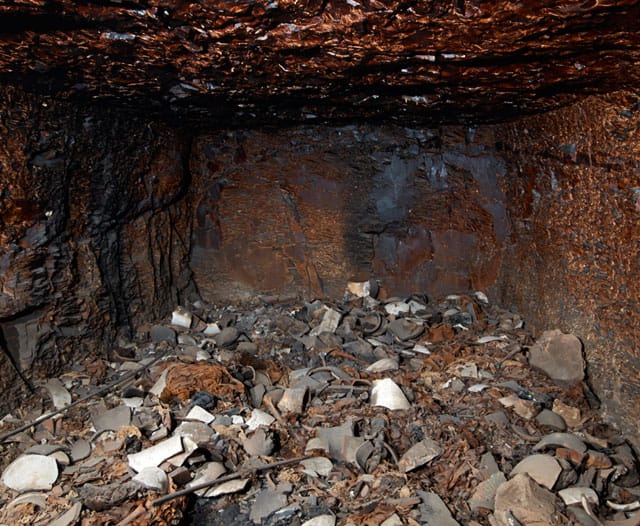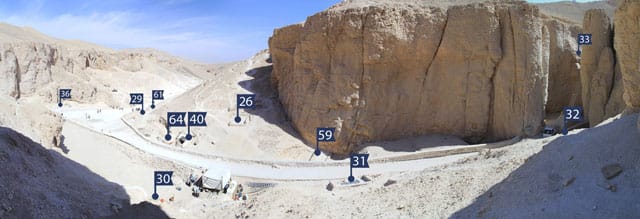Archaeologists Find Mummified Royal Children in Egypt
Archaeologists have discovered that a previously unexplored tomb in the Valley of Kings is actually a royal necropolis containing the mummified remains of at least 50 people.

Archaeologists have discovered that a previously unexplored tomb in the Valley of Kings is actually a royal necropolis containing the mummified remains of at least 50 people. An announcement from the University of Basel, whose Egyptologists were involved in the dig, reports that more than 30 people buried in the 16-foot-deep tomb have been identified and named, including many members of the families of pharaohs Thutmosis IV and Amenhotep III, both of whom ruled during the 18th dynasty, in the 14th century BCE. Among them were at least eight formerly unknown royal daughters, four princes, and “several foreign ladies.” The archaeologists also found “a remarkable number” of mummified newborns and infants, a practice unusual for the time, according to LiveScience.

The discovery is significant, the University of Basel release explains, because it gives Egyptologists further insight into who was considered important enough to be buried near the royal tombs. “We believe that the family members of the royal court were buried in this tomb for a period of several decades,” said Professor Susanne Bickel, who is leading the Basel research project. “Roughly two thirds of the tombs in the Kings’ Valley are non-royal. Because the tombs do not have inscriptions and have been heavily plundered we so far have only been able to speculate on who lies buried in them.”

Archaeologists also think that, based on the fragments of various wooden and cartonnage coffins found there, the KV 40 tomb was used again in the 9th century to bury members of priestly families. It was raided by looters several times over the following centuries, and retains damage from a fire.




